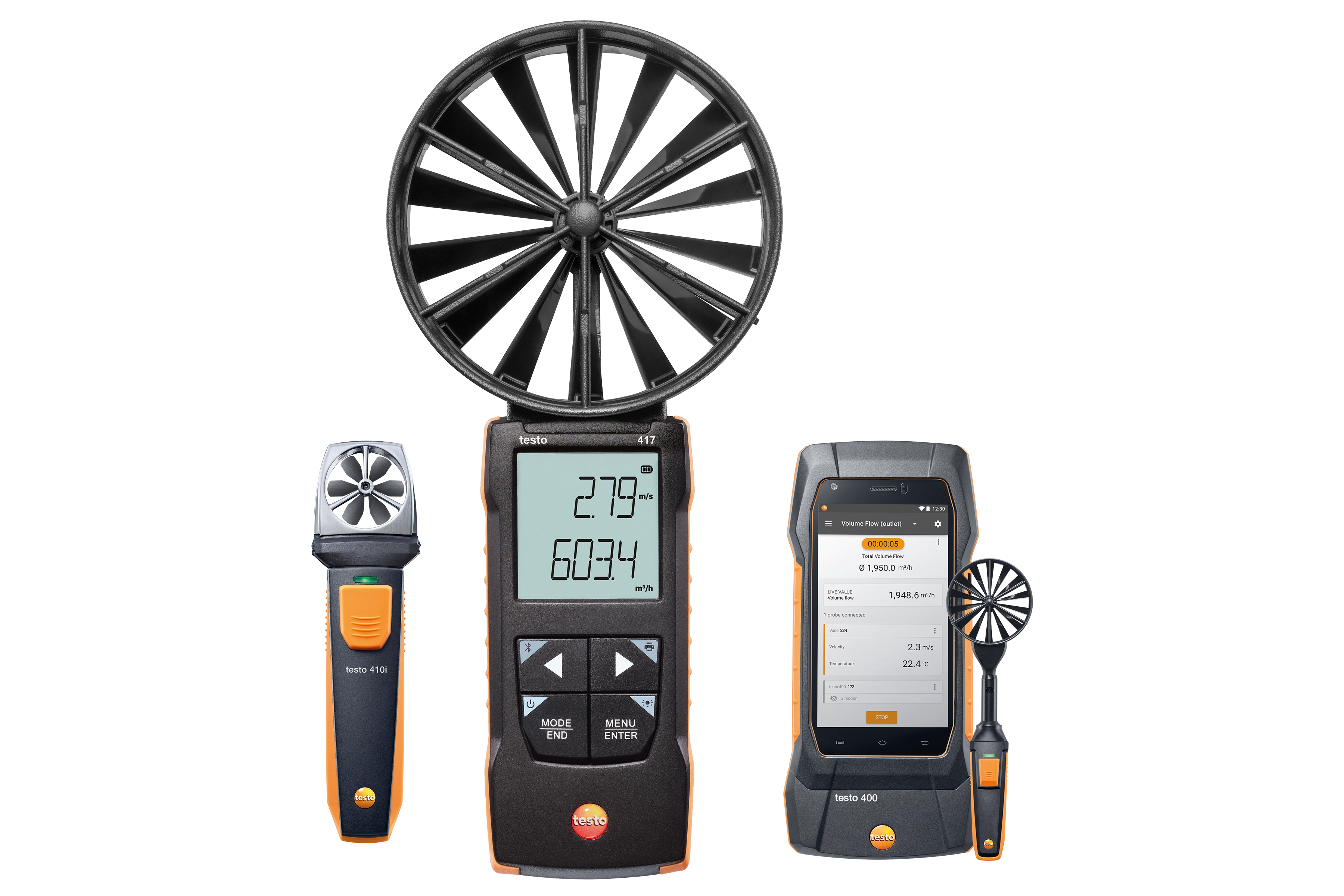Anemometer Innovations: The Latest Technology for Wind Rate Measurement
Anemometer Innovations: The Latest Technology for Wind Rate Measurement
Blog Article
Anemometers Revealed: Recognizing Their Value in Environmental Tracking and Security Procedures
The function of anemometers in environmental surveillance and safety measures is usually undervalued, yet their significance is obvious. From weather forecasting to air travel safety, anemometers play a critical function in giving exact information that informs decision-making procedures and enhances general safety and security.
Background of Anemometers
The development of anemometers can be traced back to the old civilizations where primary wind gauging gadgets were very first made use of. One of the earliest known anemometers was the hemispherical cup anemometer designed by Leon Battista Alberti in the 15th century.
In the 18th century, the distinguished researcher John Thomas Romney Robinson presented the Robinson anemometer, which included 4 hemispherical cups placed on straight arms that expanded from a central axis. This design became a criterion in atmospheric dimensions due to its accuracy and reliability. Throughout the years, innovations in technology resulted in the development of more contemporary anemometers, consisting of ultrasonic anemometers and laser Doppler anemometers, using raised accuracy and efficiency in gauging wind rate and instructions. The background of anemometers showcases an impressive trip of innovation and development in the field of meteorology.
Sorts Of Anemometers
Throughout the area of weather forecasting, various types of anemometers have been developed to precisely determine wind speed and instructions. Sonic anemometers make use of ultrasonic signals to measure wind rate and direction precisely. Hot-wire anemometers run based on the principle that the cooling result of wind on a warmed wire is symmetrical to the wind rate.
Applications in Meteorology
Having discussed the various sorts of anemometers used in weather forecasting for measuring wind speed and direction, it is important to discover their sensible applications in the field. Anemometers play a critical duty in meteorology by supplying real-time and accurate data on wind conditions (anemometer). Meteorologists use anemometers to keep an eye on wind rate and instructions to forecast weather patterns, issue warnings for extreme weather events like typhoons, tornadoes, and storms, and analyze climatic conditions for aviation safety and security
In weather forecasting, anemometers help in recognizing regional and neighborhood wind patterns, which are essential for predicting climate adjustments and establishing weather patterns. These devices are also made use of in study to examine microclimates, urban warmth islands, and air contamination dispersion. Additionally, anemometers are used in agriculture to optimize crop administration techniques, such as irrigation and chemical application, based upon wind problems.
Significance in Aviation Safety And Security
An indispensable element of guaranteeing aviation security lies in the thorough tracking of wind conditions making use of anemometers. Anemometers play a crucial function in aviation by supplying real-time data on wind rate and direction, assisting pilots in making informed choices during liftoff, landing, and trip. Strong and unpredictable winds can substantially influence aircraft procedures, making it necessary for aviation authorities to depend on exact wind measurements to make certain the safety and security of travelers and staff.

In the dynamic setting of aeronautics, where also small changes in wind rate and instructions can have profound impacts, anemometers stand as crucial tools for advertising safe and safe flight.
Function in Environmental Study
Anemometers play a vital duty in ecological study by giving vital information on wind rate and instructions. By precisely determining wind attributes, anemometers aid scientists analyze the movement of pollutants in the air, assess the effect of commercial discharges, and predict the spread of pollutants in the setting.


Verdict
To conclude, anemometers have played an important function in environmental monitoring and precaution. With a rich history and various kinds offered, these gadgets have been widely made use of in weather forecasting, aeronautics safety and security, and ecological research study. Recognizing the significance of anemometers is necessary for precisely determining wind speed and instructions, which is essential for predicting weather patterns, making sure risk-free air travel operations, and performing environmental studies - anemometer. Their payments to these fields can not be taken too More about the author lightly.
One of the earliest recognized anemometers was the hemispherical cup anemometer created by Leon Battista Alberti in the 15th century. Over the years, developments in modern technology led to the development of more contemporary anemometers, consisting of ultrasonic anemometers and laser Doppler anemometers, using increased accuracy and performance in measuring wind rate and instructions. Hot-wire anemometers run based on the principle that the cooling impact of wind on a warmed wire is symmetrical to the wind speed. Meteorologists make use of anemometers to keep track of wind rate and instructions to forecast weather condition patterns, problem cautions for extreme weather events like tornadoes, typhoons, and tornados, and assess climatic conditions for air travel safety and security.
Understanding the relevance of anemometers is vital for properly gauging wind rate and instructions, which is essential for predicting weather condition patterns, making certain safe aviation operations, and conducting Extra resources environmental studies. (anemometer)
Report this page